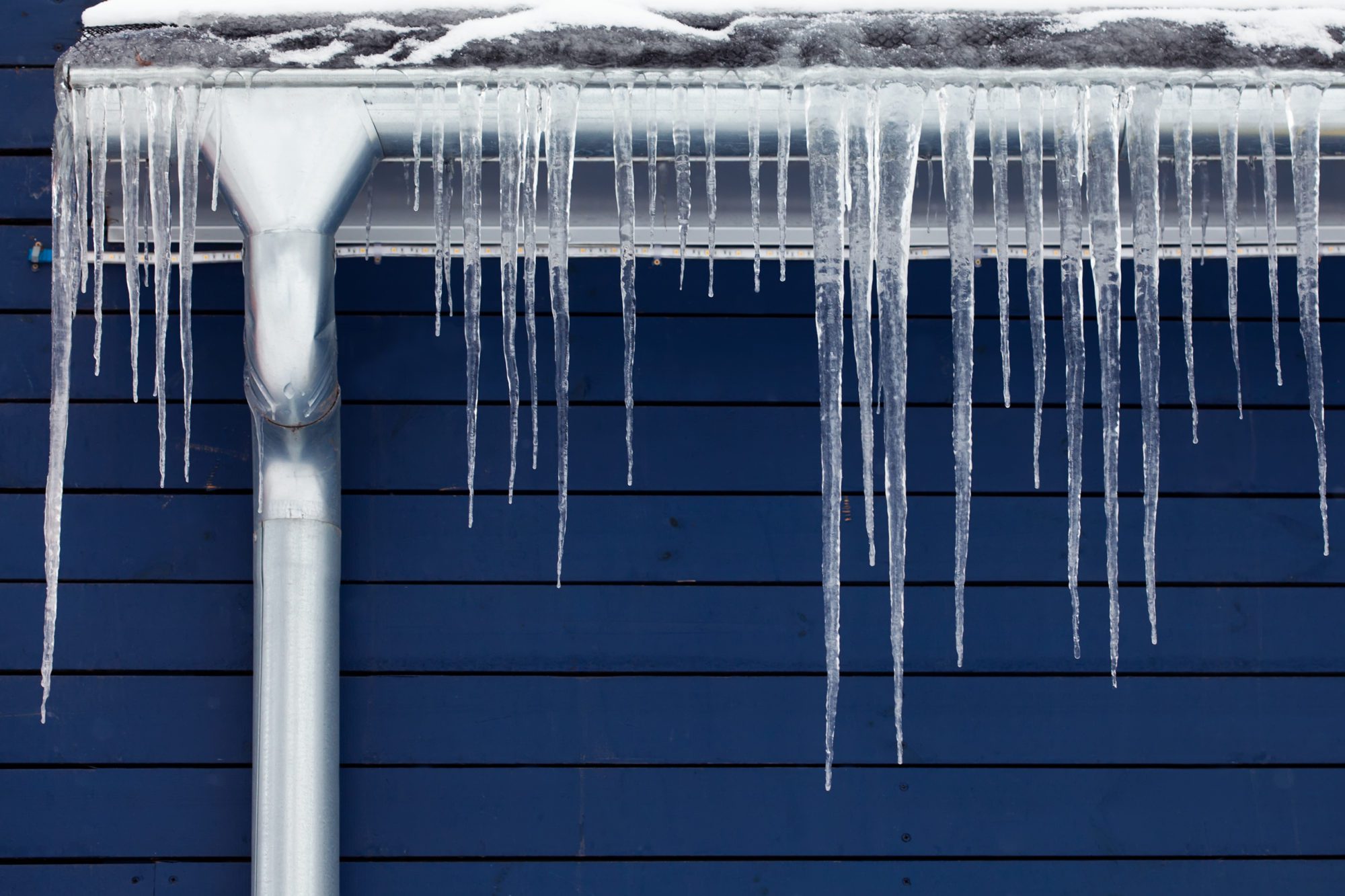Prevent Frozen Pipes in Winter: Pro Tips
Prevent Frozen Pipes in Winter: Pro Tips
Blog Article
We've stumbled upon the article pertaining to How to prepare your home plumbing for winter weather down the page on the net and figured it made good sense to relate it with you on this page.

Winter can ruin your plumbing, particularly by freezing pipelines. Here's how to avoid it from taking place and what to do if it does.
Intro
As temperatures decrease, the threat of frozen pipes rises, potentially causing pricey fixings and water damage. Understanding exactly how to stop icy pipes is crucial for house owners in cool climates.
Comprehending Frozen Pipelines
What triggers pipelines to freeze?
Pipes freeze when exposed to temperature levels below 32 ° F (0 ° C) for prolonged durations. As water inside the pipelines freezes, it increases, taxing the pipeline wall surfaces and potentially creating them to break.
Threats and damages
Icy pipelines can cause water supply interruptions, building damage, and costly repair work. Ruptured pipes can flood homes and create comprehensive structural damages.
Indications of Frozen Piping
Recognizing frozen pipelines early can prevent them from breaking.
Exactly how to recognize frozen pipes
Look for reduced water circulation from taps, unusual odors or noises from pipelines, and visible frost on exposed pipes.
Prevention Tips
Insulating vulnerable pipelines
Cover pipelines in insulation sleeves or utilize warmth tape to protect them from freezing temperature levels. Concentrate on pipelines in unheated or outside areas of the home.
Heating techniques
Keep indoor spaces adequately heated, particularly locations with pipes. Open closet doors to permit cozy air to circulate around pipelines under sinks.
Protecting Exterior Plumbing
Garden hoses and outside taps
Detach and drain pipes garden hose pipes before winter. Install frost-proof faucets or cover exterior faucets with protected caps.
What to Do If Your Pipes Freeze
Immediate activities to take
If you presume icy pipes, maintain taps open to soothe stress as the ice thaws. Utilize a hairdryer or towels soaked in warm water to thaw pipelines gradually.
Long-Term Solutions
Architectural modifications
Consider rerouting pipelines away from outside walls or unheated areas. Add additional insulation to attics, cellars, and crawl spaces.
Updating insulation
Invest in premium insulation for pipes, attics, and wall surfaces. Correct insulation assists maintain regular temperature levels and lowers the danger of frozen pipes.
Verdict
Stopping frozen pipelines requires aggressive steps and fast reactions. By recognizing the reasons, indicators, and preventive measures, homeowners can protect their pipes during cold weather.
6 Proven Ways to Prevent Frozen Pipes and Protect Your Home
Disconnect and Drain Garden Hoses
Before winter arrives, start by disconnecting your garden hoses and draining any remaining water. Close the shut-off valves that supply outdoor hose bibs and leave the outdoor faucet open to allow any residual water to drain. For extra protection, consider using faucet covers throughout the colder months. It’s also important to drain water from any sprinkler supply lines following the manufacturer’s directions.
Insulate Exposed Pipes
Insulating your pipes is an effective way to prevent freezing. Pipe insulation is readily available at home improvement stores and is relatively inexpensive. Pay close attention to pipes in unheated areas such as the attic, basement, crawl spaces, or garage. Apply foam insulation generously to create a buffer against the cold. You can also wrap your pipes in heat tape or thermostat-controlled heat cables for added warmth.
Seal Air Leaks
Inspect your home for any cracks or openings that could let in cold air. Seal any holes around the piping in interior or exterior walls, as well as the sill plates where your home rests on its foundation. Additionally, make sure to keep your garage door closed unless you’re entering or exiting. Leaving it open creates a significant air leak that can lead to frozen pipes.
Allow Warm Air Circulation
During cold snaps, it’s essential to allow warm air to circulate evenly throughout your home. Leave interior doors ajar to promote better airflow. Open kitchen and bathroom cabinets to help distribute heat consistently around the rooms. If you have small children or pets, be sure to remove any household chemicals or potentially harmful cleaners from open cabinets for safety.
Let Faucets Drip
A small trickle of water can make a big difference in preventing ice formation inside your pipes. When temperatures drop significantly, start a drip of water from all faucets served by exposed pipes. This continuous flow helps prevent the water from freezing. Additionally, running a few faucets slightly can relieve pressure inside the pipes, reducing the chances of a rupture if the water inside does freeze.
https://choateshvac.com/6-proven-ways-to-prevent-frozen-pipes-and-protect-your-home/

I hope you enjoyed reading our piece on Prevent Frozen Pipes . Many thanks for finding the time to browse our post. Don't hesitate to set aside a second to share this page if you liked it. I appreciate reading our article about Prevent Frozen Pipes .
Call Today Report this page